In this article, you will gain valuable insights and practical tips on cultivating your own vineyard to grow grapes specifically for wine production. Indulge in the intricate process of nurturing grapevines, from selecting the ideal grape variety to understanding the essential factors that contribute to successful growth. Uncover the secrets behind nurturing healthy vines and learn about the crucial stages of grape development, ultimately enabling you to produce exceptional wine of your own. Enhance your knowledge and embark on an exciting journey to becoming a skilled grape grower for wine production.
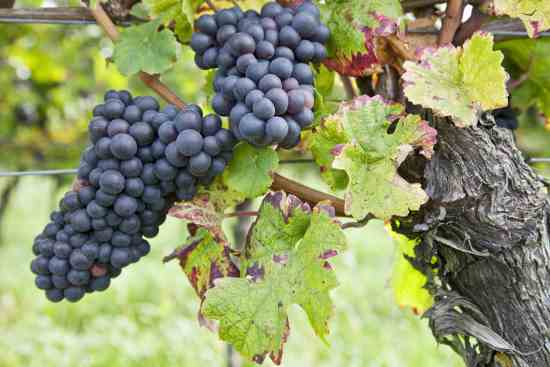
Choosing the Right Grape Variety
When it comes to growing grapes for wine, one of the most important decisions you will need to make is choosing the right grape variety. The grape variety you choose will have a significant impact on the flavor profile and characteristics of the wine that you produce. There are thousands of grape varieties to choose from, each with its unique set of qualities.
Consider Climate and Soil Conditions
The first factor to consider when selecting a grape variety is the climate and soil conditions of your vineyard. Grapes are sensitive to temperature and require specific conditions to thrive. For example, if you live in a cooler climate, you may want to consider grape varieties that are known for their cold-hardiness, such as Riesling or Pinot Noir.
Similarly, soil conditions play a crucial role in grape growing. Some grape varieties prefer loamy or sandy soil, while others thrive in rocky or clay-like soil. It is essential to evaluate the pH level and nutrient content of your soil to ensure it is suitable for the grape variety you choose.
Evaluate Disease Resistance
Another crucial factor to consider when selecting a grape variety is disease resistance. Grapes can be vulnerable to various pests and diseases, which can have a devastating impact on your vineyard. Some grape varieties, such as Muscadine grapes, have natural resistance to certain diseases, making them a desirable choice for growers in disease-prone regions.
Before making a final decision, research the common pests and diseases in your area and select a grape variety known for its resistance to these threats. This will help minimize the need for chemical treatments and reduce the risk of crop loss.
Think About Wine Styles
Lastly, consider the wine styles you want to produce. Different grape varieties are known for producing certain styles of wine. For example, Chardonnay grapes are often associated with rich, full-bodied white wines, while Cabernet Sauvignon grapes are known for their bold red wines.
Think about the target market for your wines and the preferences of wine consumers in your region. If you have a specific wine style in mind, choose a grape variety that is well-suited for that style. Keep in mind that some grape varieties require more aging or specialized winemaking techniques to achieve their full potential.
Preparing the Soil
Once you have chosen the right grape variety for your vineyard, it is time to prepare the soil. Proper soil preparation is essential for ensuring healthy vine growth and maximizing grape quality.
Testing Soil pH and Nutrient Levels
Before amending the soil, it is crucial to test its pH level and nutrient content. Soil pH affects the availability of essential nutrients to the vines. Most grape varieties prefer a slightly acidic soil with a pH range between 6 and 6.8. If the pH is too high or too low, the vines may struggle to absorb nutrients, leading to poor growth and yield.
Nutrient deficiencies or excesses can also have a significant impact on grapevine health and productivity. Testing the soil will give you valuable insights into the nutrient levels and allow you to correct any imbalances before planting.
Amending Soil to Improve Drainage
One common issue in vineyards is poor soil drainage, which can lead to waterlogged roots and increased disease susceptibility. To improve drainage, it may be necessary to amend the soil by adding organic matter such as compost or well-rotted manure. These organic materials help break up compacted soil, allowing water to drain more effectively.
If your vineyard is situated in an area with heavy clay soil, adding sand or gravel can also improve drainage. It is crucial to strike the right balance between water retention and drainage to create a healthy growing environment for the grapevines.
Adding Organic Matter to Enhance Fertility
In addition to improving drainage, adding organic matter to the soil can enhance its fertility. Organic matter, such as compost or cover crops, adds essential nutrients to the soil and promotes beneficial microbial activity. It also helps improve soil structure and moisture retention, creating a more favorable environment for grapevine root development.
Before planting, incorporate organic matter into the soil by tilling or plowing. This will ensure that the nutrients are well-distributed throughout the planting area and readily available to the grapevines.
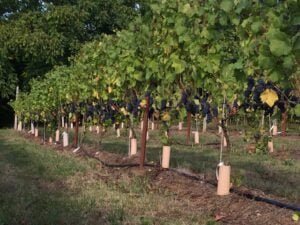
Selecting and Planting Grapevines
With the soil properly prepared, it’s time to select and plant your grapevines. This step is crucial as it sets the foundation for the future growth and productivity of your vineyard.
Purchasing Healthy Grapevines
When purchasing grapevines, it is essential to choose healthy, disease-free plants. Look for vines with well-developed root systems and sturdy canes. Avoid vines with any signs of pest infestation or disease, as these can quickly spread to the rest of the vineyard.
It is also important to select grapevines that are suitable for your climate and growing conditions. Consult with local nurseries or vineyard experts to ensure you choose varieties that are well-adapted to your specific location.
Determining Spacing and Trellis System
Before planting grapevines, consider the spacing requirements and the type of trellis system you will use. The spacing between vines depends on several factors, such as the grape variety, vigor of the vines, and trellis system. Proper spacing ensures adequate air circulation and sunlight penetration, reducing the risk of disease and promoting even ripening.
The choice of trellis system depends on the grape variety, vineyard size, and personal preference. Common trellis systems include the vertical shoot positioning (VSP) and the Geneva Double Curtain (GDC) system. Each system has its advantages and considerations, so it is important to research and select the one that best suits your needs.
Properly Planting Grapevines
When planting grapevines, follow proper techniques to ensure successful establishment. Dig a hole large enough to accommodate the root system without cramping or damaging it. Place the vine in the hole at the same depth it was grown in the nursery, and backfill with soil, firmly pressing it around the roots.
After planting, water the newly planted vines thoroughly to settle the soil and provide moisture to the roots. Depending on the climate and weather conditions, temporary protection such as windbreaks or shade cloth may be necessary to protect the young vines from extreme temperatures or direct sunlight.
Providing Adequate Water
Water is a critical factor in grapevine health and productivity. Providing adequate water ensures that the vines receive the necessary hydration to thrive and produce high-quality grapes.
Understanding Grapevine Water Needs
The water needs of grapevines vary throughout the growing season. During the early stages of growth, vines require more water to promote root development and canopy growth. As the grapes mature, the water requirements decrease, but it is still important to maintain sufficient soil moisture to support healthy fruit development.
Monitoring the weather conditions and adjusting irrigation accordingly is crucial to prevent overwatering or underwatering the vines. Grapevines can be sensitive to excess moisture, which can lead to disease and poor fruit quality. Conversely, drought stress can stunt growth and reduce yield.
Irrigation Methods
There are various irrigation methods available for grape growing, including drip irrigation, overhead sprinklers, and furrow irrigation. Each method has its advantages and considerations, so it is important to choose the one that suits your vineyard’s needs and resources.
Drip irrigation is commonly used in vineyards as it allows for precise control of water application and minimizes water loss due to evaporation. This method delivers water directly to the root zone, promoting efficient water use and reduced weed growth.
Monitoring Soil Moisture
Regularly monitoring soil moisture is essential to ensure that the vines’ water needs are met. There are different methods to measure soil moisture, such as soil moisture sensors or tensiometers. These tools provide valuable information about the moisture content in the root zone, allowing growers to make informed irrigation decisions.
It is also important to consider factors such as rainfall and evapotranspiration rates when determining irrigation schedules. Adjusting irrigation practices based on these factors helps optimize water use while avoiding over- or under-watering.
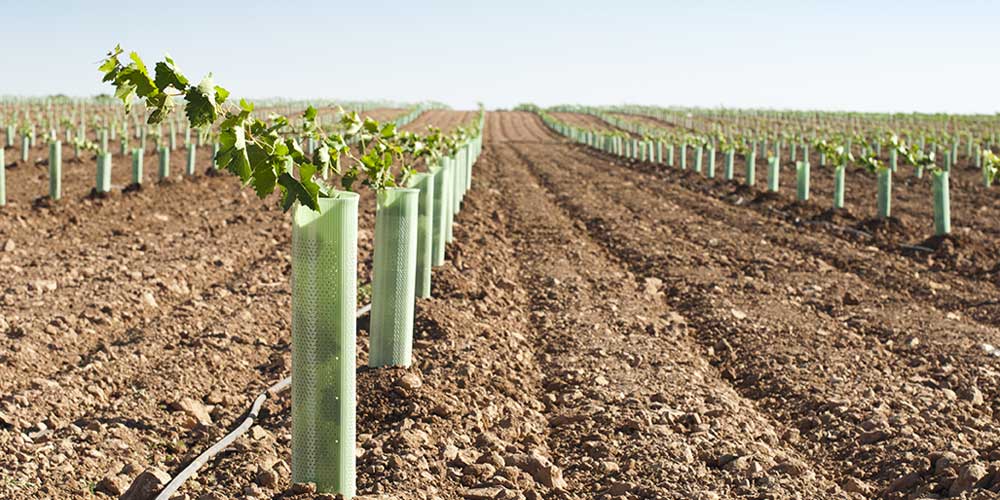
Pruning and Training Grapevines
Pruning and training are vital practices in grape growing, helping to shape the vine, regulate yield, and optimize fruit quality. Proper pruning and training techniques ensure that the vines are in the best possible condition to produce high-quality grapes.
Importance of Pruning
Pruning is essential for maintaining vine balance and controlling vegetative growth. It involves removing excess canes, shoots, and leaves, allowing the vine to focus its energy on developing fruit. Pruning also helps improve air circulation and sunlight penetration, reducing the risk of disease and promoting even ripening.
Pruning should be done during the dormant season when the vines are not actively growing. Proper pruning techniques depend on the grape variety, trellis system, and desired crop load. It is recommended to seek guidance from local viticulture experts or experienced growers to learn the specific pruning requirements for your chosen grape variety.
Pruning Techniques
There are different pruning techniques used in grape growing, such as cane pruning and spur pruning. Each technique has its advantages and considerations, so it is important to choose the one that suits your vineyard’s objectives and grape variety.
Cane pruning involves selecting one or two canes and removing the rest, while spur pruning involves leaving short spurs with two to three buds. The choice of pruning technique depends on factors such as the vigor of the vine, desired crop load, and trellis system. It is important to learn and practice proper pruning techniques to ensure optimal vine health and fruit production.
Training Grapes on a Trellis
Training grapevines on a trellis helps support the vine, promote even sunlight exposure, and simplify vineyard management tasks such as pruning and harvesting. The choice of trellis system depends on factors such as grape variety, vineyard layout, and personal preference.
Common trellis systems include the vertical shoot positioning (VSP) system and the Geneva Double Curtain (GDC) system. VSP involves training the shoots vertically and tying them to wires, while GDC utilizes a divided canopy with fruiting wires on either side. Each system has its advantages and considerations in terms of labor requirements, disease management, and fruit quality. It is important to select the trellis system that best suits your vineyard’s needs and objectives.
Managing Pests and Diseases
Pests and diseases can pose significant challenges in grape growing, potentially affecting vine health and reducing crop yield. Implementing effective pest and disease management strategies is crucial to minimize the impact on your vineyard.
Identifying Common Grape Pests
Different pests can affect grapevines, including insects, mites, and fungal pathogens. Some common grape pests include vine mealybugs, grape phylloxera, and grapevine leafroll-associated viruses. These pests can cause damage to the vine, weaken its health, and reduce fruit quality.
It is essential to regularly inspect your vineyard for signs of pest infestation and learn to identify the common pests in your region. Early detection allows for rapid intervention and effective pest control measures.
Natural Pest Control Methods
Integrated pest management (IPM) practices aim to control pests with minimal reliance on chemical treatments. IPM involves a combination of cultural, biological, and chemical control measures to maintain a balance between pest populations and their natural enemies.
Cultural practices such as regular pruning, weed management, and maintaining proper vineyard hygiene can help reduce pest populations by removing their habitat and food sources. Biological control involves introducing beneficial insects or using natural predators to control pest populations.
Preventing and Treating Grape Diseases
Grapevines can be susceptible to various diseases, including powdery mildew, downy mildew, and botrytis bunch rot. These diseases can spread quickly and cause significant damage to the vine and fruit if not properly managed.
To prevent grape diseases, it is important to implement cultural practices such as proper pruning, good air circulation, and regular canopy management. Applying fungicides at specific times during the growing season can also help protect the vines from fungal infections.
Regular monitoring of the vineyard for disease symptoms allows for early detection and timely treatment. When treating grape diseases, it is important to follow the recommended fungicide application schedule and consider the pre-harvest interval to ensure consumer safety and compliance with regulations.
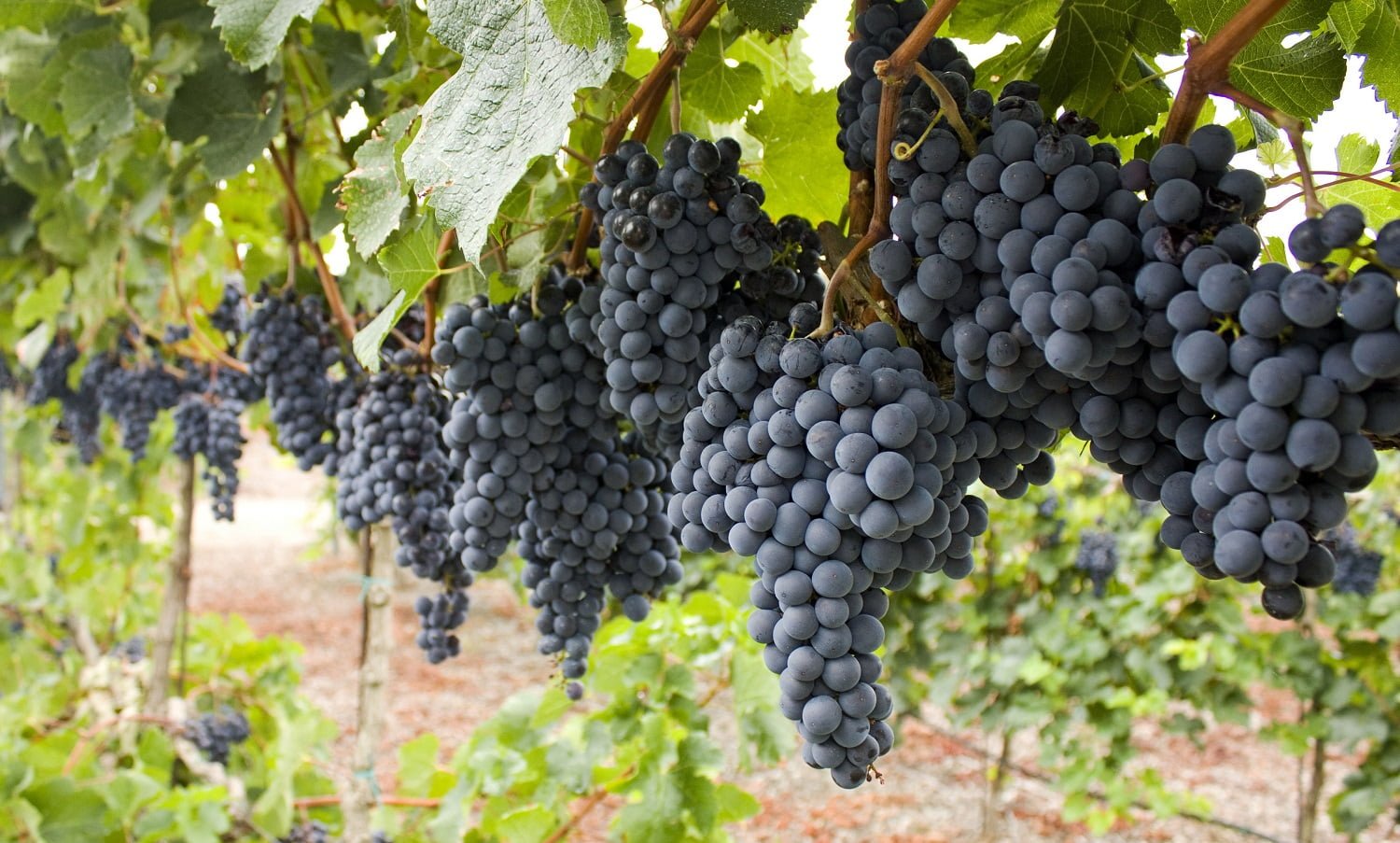
Fertilizing Grapevines
Fertilization is an essential practice in grape growing to provide the necessary nutrients for vine growth, fruit development, and optimal yield. Understanding the nutrient requirements of your grapevines and implementing a proper fertilization program is critical for success.
Understanding Nutrient Requirements
Grapevines require a balance of various nutrients to thrive and produce high-quality grapes. The primary macronutrients needed are nitrogen (N), phosphorus (P), and potassium (K). Additionally, secondary nutrients such as calcium (Ca), magnesium (Mg), and sulfur (S), as well as micronutrients like iron (Fe), manganese (Mn), and zinc (Zn), are also essential for vine health.
The nutrient requirements of grapevines vary depending on the age of the vines, soil fertility, and grape variety. It is recommended to conduct regular soil and leaf tissue tests to assess the nutrient content and adjust the fertilization program accordingly.
Choosing the Right Fertilizers
Selecting the right fertilizers is crucial to provide the necessary nutrients in a readily available form for the vines. Fertilizers can be classified as organic or synthetic, depending on their source and composition.
Organic fertilizers, such as compost or manure, provide slow-release nutrients and help improve soil fertility over time. Synthetic fertilizers, on the other hand, provide nutrients in a more concentrated and readily available form. A combination of both organic and synthetic fertilizers can be used to meet the specific nutrient requirements of the grapevines.
It is important to follow the recommended application rates and timing for fertilizers to avoid nutrient imbalances or environmental contamination. Consult with agricultural extension services or vineyard experts for guidance on choosing the right fertilizers for your vineyard.
Applying Fertilizers
The timing and method of fertilizer application depend on various factors, including soil conditions, grapevine growth stage, and nutrient requirements. Splitting the fertilizer application into multiple applications throughout the growing season helps ensure that the nutrients are available when the vines need them most.
Broadcasting or side-dressing the fertilizers along the vine rows is a common method of application. This allows for even distribution of nutrients and reduces the risk of nutrient runoff. It is crucial to apply fertilizers at the right time and in the right amount to avoid nutrient leaching or potential damage to the vines.
Harvesting Grapes
Harvesting is the culmination of all your hard work and the most exciting stage in grape growing. Timing the harvest correctly is crucial to achieve the desired flavor and quality in your grapes.
Determining Harvest Time
The harvest time depends on various factors, including grape variety, desired wine style, and climatic conditions. For still wines, grapes are typically harvested when they reach optimal sugar and acid levels, as well-ripened grapes produce more balanced and flavorful wines. However, for sparkling wines, grapes may be harvested at slightly lower sugar levels to maintain higher acidity.
Another indicator of harvest time is the grape’s sensory attributes, such as color, flavor, and aroma. Regular grape sampling and analysis can help determine the optimal harvest window for your grape variety and wine style.
Preparing for Harvest
Before the harvest begins, it is important to prepare the vineyard and equipment. Clean and sterilize all harvesting tools and containers to prevent contamination and maintain wine quality. Clear any debris or vegetation from the vineyard floor to minimize potential sources of spoilage organisms.
It is also crucial to communicate and coordinate with your harvesting team to ensure a smooth and efficient harvest. Provide instructions on desired picking techniques, quality standards, and timing to maintain grape integrity and quality.
Harvesting Techniques
Grapes can be harvested either by hand or mechanically, depending on the size of the vineyard, grape variety, and personal preference. Hand harvesting allows for selective picking and ensures gentle handling of the grapes, which is especially important for delicate grape varieties used in premium wines.
Mechanical harvesting is more efficient and cost-effective for large vineyards, but it requires careful calibration and adjustment to minimize damage to the grape clusters. Mechanical harvesters are typically used for grape varieties that are less prone to damage during the harvesting process.
Regardless of the harvesting method, it is important to work quickly to minimize the time between harvest and processing. Harvested grapes should be transported to the winery for processing as soon as possible to preserve their quality and prevent spoilage.
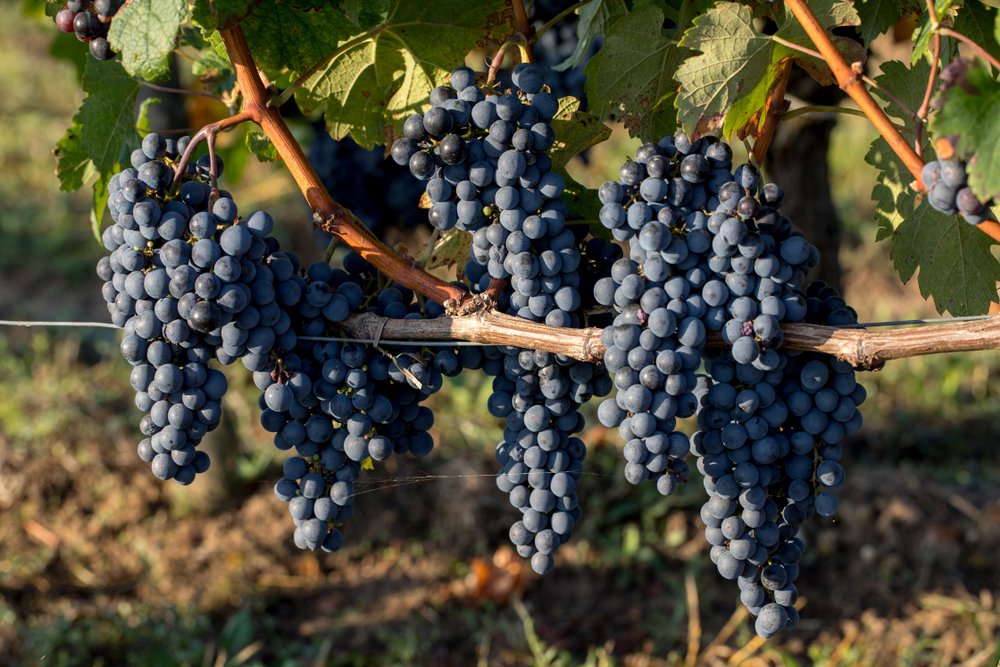
Processing Grapes for Wine
Once the grapes are harvested, it is time to process them to extract the juice and begin the winemaking process. Proper processing techniques and equipment are crucial to ensure the quality and integrity of the grapes and their potential for producing exceptional wines.
Sorting and Crushing Grapes
After the grapes are harvested, they go through a sorting process to remove any unwanted material, such as leaves, stems, or unripe or damaged berries. This can be done either manually or mechanically, depending on the size of the vineyard and the available equipment.
Crushing the grapes is the next step in the processing. This breaks the grape skins and allows the juice to be extracted more easily. Crushing can be done using traditional methods, such as foot treading or using a mechanical crusher-destemmer machine. The choice of crushing method depends on the winemaker’s preferences and the desired wine style.
Fermentation Process
Once the grapes are crushed, the fermentation process begins. Fermentation is the conversion of grape sugars into alcohol by yeast. Yeast consumes the sugars and produces alcohol, carbon dioxide, and heat.
Fermentation can occur naturally with the indigenous yeast present on the grape skins, or winemakers can choose to inoculate the must with selected yeast strains. The choice of yeast can impact the aroma, flavor, and overall character of the wine.
During fermentation, the must is typically placed in fermentation vessels such as stainless steel tanks or oak barrels. The temperature and duration of fermentation depend on the grape variety, desired wine style, and winemaker’s preferences.
Pressing and Aging Wine
After fermentation is complete, the wine is separated from the solids through the pressing process. The pressing can be done using a traditional basket press or a modern mechanical press. The goal is to extract the remaining juice from the grape skins and solids while minimizing the extraction of bitter tannins.
Once the wine is pressed, it is transferred to aging vessels such as oak barrels or stainless steel tanks. Aging allows the wine to develop complexity and character through chemical reactions and micro-oxygenation. The duration of aging depends on the wine style and the winemaker’s preferences.
During the aging process, winemakers may also choose to blend different wines together to create a desired flavor profile or enhance complexity. Blending allows for the harmonization of different grape varieties or vineyard blocks to create a balanced and unique final product.
Additional Tips for Successful Grape Growing
To ensure the success of your grape growing venture, there are a few additional tips to keep in mind. These practices can help you achieve optimal vine health, maximize grape quality, and continuously improve your winemaking skills.
Monitoring and Adjusting Vineyard Conditions
Regularly monitor the conditions in your vineyard, including soil moisture, nutrient levels, pest populations, and disease pressures. Make adjustments to your management practices based on the observations and data you collect. This proactive approach allows you to address any issues before they become detrimental to the vines or grapes.
Keeping Records and Learning from Experience
Keep detailed records of your vineyard operations, including dates of pruning, fertilization, and pest control applications. This information will be beneficial for future reference and can help you identify patterns and trends in vine and grape performance. Analyzing your records over time allows you to learn from your experiences and make informed decisions.
Joining Local Winegrower Associations
Consider joining local winegrower associations or grape grower organizations. These groups provide valuable resources, educational opportunities, and networking possibilities. Interacting with other growers and industry professionals can help you gain insights, exchange ideas, and stay updated on the latest research and trends in grape growing and winemaking.
By following these guidelines and committing to continuous learning and improvement, you can set yourself up for success in grape growing. Whether you are a beginner or an experienced grower, the journey of growing grapes for wine is a rewarding and fulfilling endeavor. With dedication, patience, and attention to detail, you can produce exceptional grapes and create wines that will be enjoyed by enthusiasts around the world.



